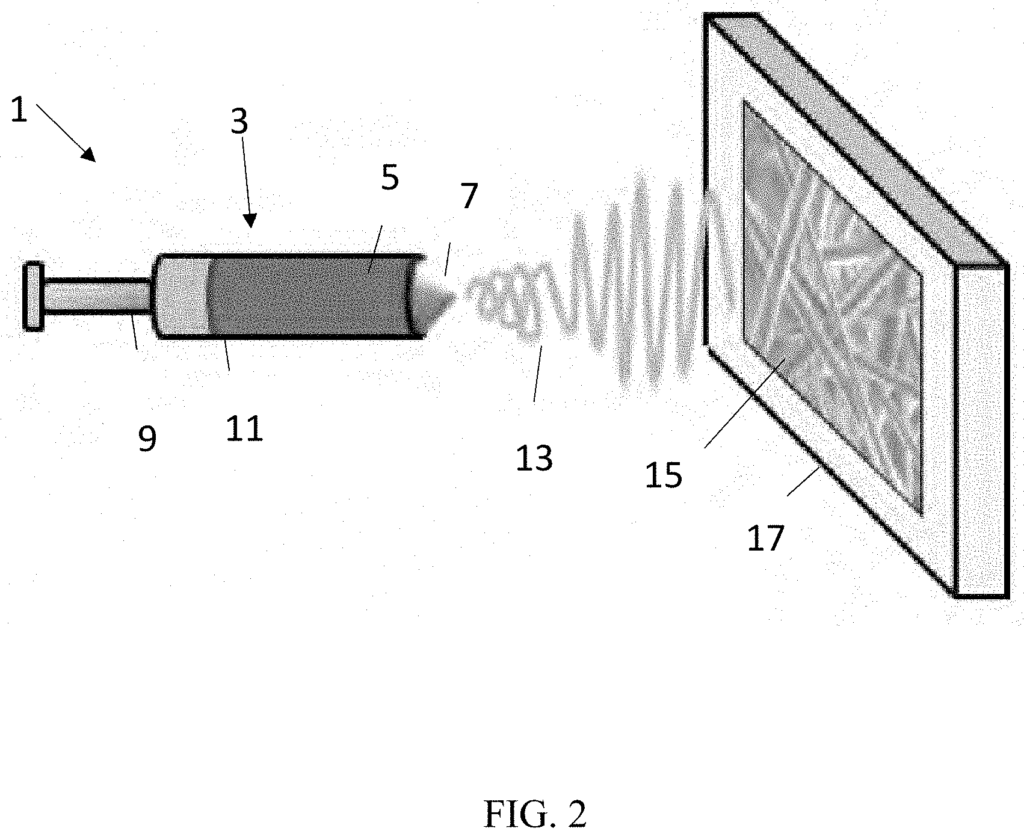Innovative Soft Tissue Repair with Fibrous Polymeric Scaffolds
Introduction
Soft tissue injuries—whether due to trauma, surgery, or disease—are some of the most challenging medical conditions to treat effectively. Traditional methods of tissue repair often fall short in restoring full functionality, leaving patients with impaired healing or the need for multiple interventions. Our patented fibrous polymeric scaffolds offer a game-changing solution for soft tissue engineering, providing a biomimetic structure that supports tissue regeneration, promotes cell growth, and leads to better long-term outcomes.
Limitations of Current Tissue Repair Solutions
In many surgical and medical procedures, the standard options for tissue repair involve using synthetic materials, which may not fully integrate with the body, or autografts, which require additional procedures and carry risks of infection or rejection. Moreover, traditional materials often lack the flexibility and biological compatibility needed to mimic the natural extracellular matrix (ECM) of soft tissues. These limitations can result in incomplete tissue repair, prolonged healing times, and compromised patient recovery.
For healthcare providers, surgeons, and patients, the need for a more effective tissue scaffold that better mimics the natural environment of soft tissues is clear. Such a scaffold would not only improve healing but also enhance the structural and functional integrity of repaired tissues.
A Novel Scaffold for Soft Tissue Regeneration
Our patented fibrous polymeric scaffold technology is designed to mimic the natural architecture of the ECM, providing a supportive framework for cellular growth and tissue regeneration. These fibrous scaffolds are fabricated from biocompatible polymeric materials, making them ideal for integration with the body’s own tissues. The porous and fibrous structure allows for effective nutrient and oxygen transport, while promoting the attachment, proliferation, and differentiation of cells, accelerating the body’s natural healing processes.
This scaffold can be customized for a variety of applications, including wound healing, reconstructive surgery, and tissue engineering for organs or muscles. Its flexibility and adaptability mean it can be applied in numerous clinical settings, from repairing damaged tendons to supporting organ regeneration.
Key Advantages
- Biomimetic Design: The scaffold’s fibrous structure closely mimics the natural ECM, enhancing tissue integration and promoting cell growth.
- Enhanced Healing: By providing a supportive environment for cells, the scaffold accelerates tissue regeneration and reduces healing time.
- Versatile Applications: From reconstructive surgery to wound care, this technology is adaptable across a wide range of medical conditions requiring soft tissue repair.
- Biocompatibility: Made from biocompatible polymers, the scaffold reduces the risk of rejection and inflammation, improving patient outcomes.
The Future of Soft Tissue Engineering
Licensing this fibrous polymeric scaffold technology offers a significant opportunity to lead in the field of regenerative medicine. By providing a superior solution for soft tissue repair, this technology has the potential to improve healing, reduce complications, and offer better outcomes for patients undergoing surgery or recovering from injury. It is an essential tool for companies looking to innovate in tissue engineering and regenerative therapies.

- Abstract
- Claims
14. A method for generating a fibrous polymeric scaffold, the method comprising:
Share
Title
Fibrous polymeric scaffolds for soft tissue engineering
Inventor(s)
Helen H. Lu, Christopher Z. Mosher, Romare Antrobus, James C. Hone, Theanne Schiros, Yilin YANG
Assignee(s)
Columbia University in the City of New York
Patent #
20220331490
Patent Date
October 20, 2022
